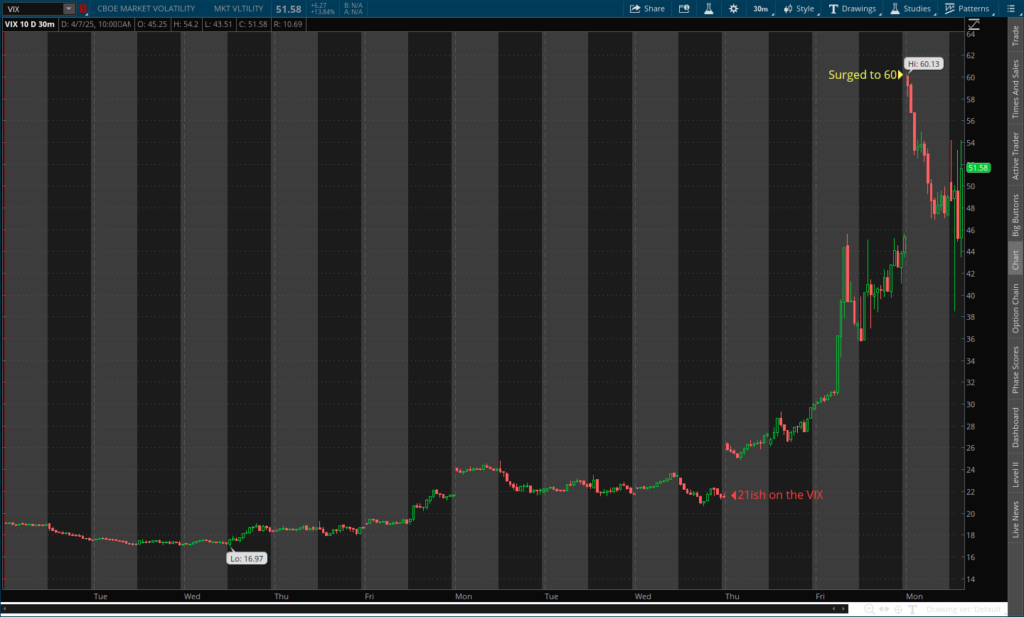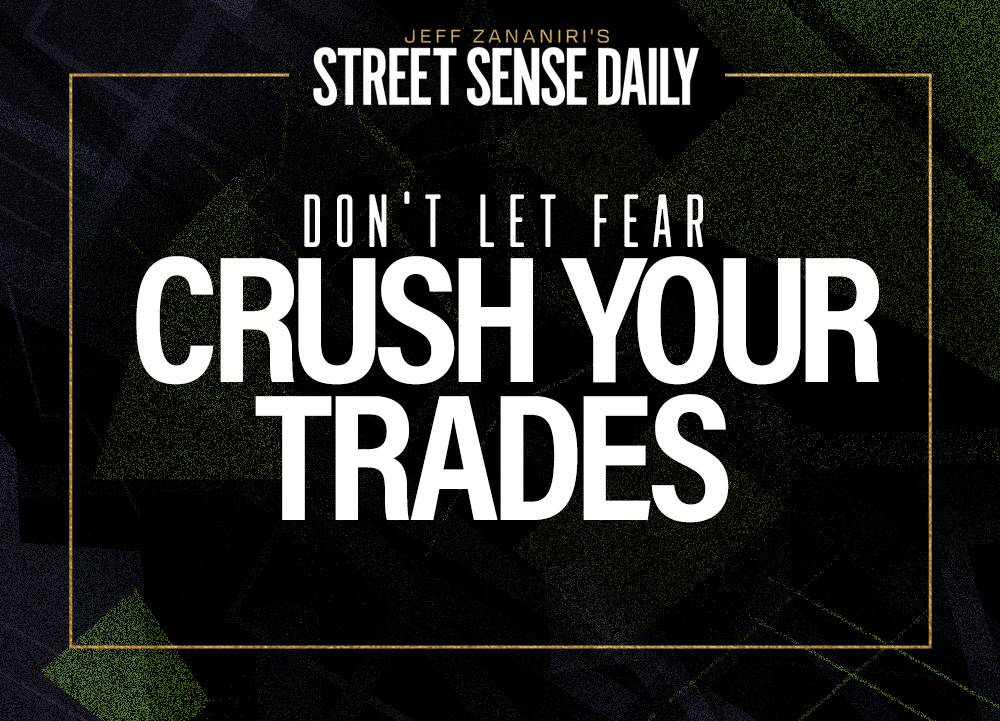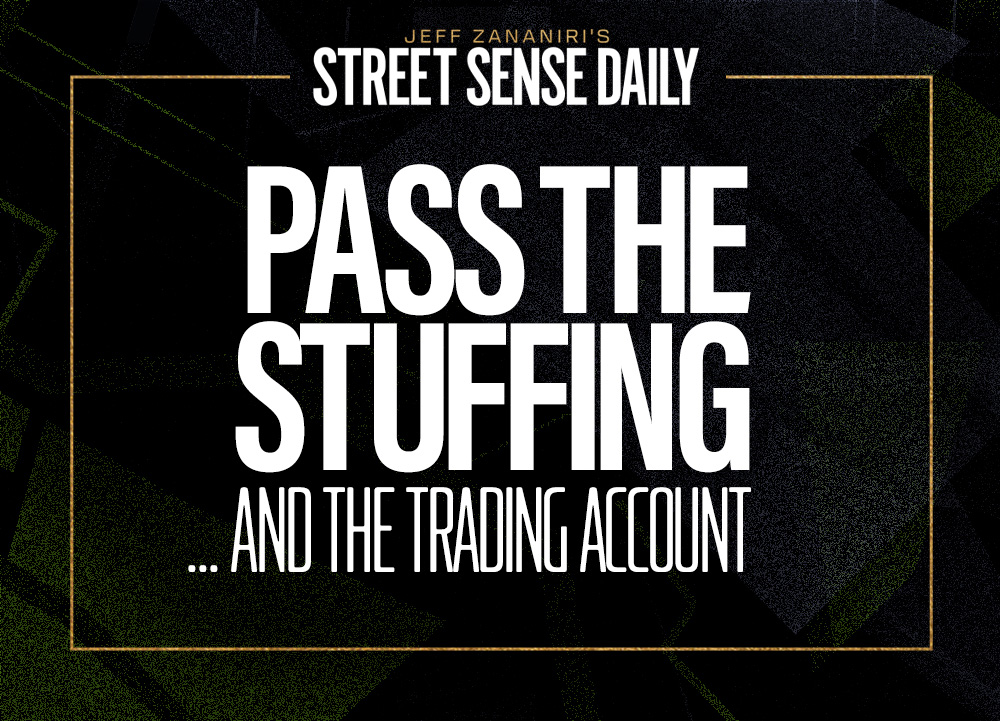Markets are taking investors for a ride.
The NASDAQ and S&P 500 are both down more than 10% in the first five days of April as I write this.
Add that to the 10% or so they gave up heading into this month, and we’re in a bear market.
President Donald Trump’s tariffs represent a full-blown assault on the global terms of trade. And the uncertainty around where those terms of trade will eventually settle has replaced greed with fear.
But you don’t have to guess the impact of uncertainty on markets.
It has a price. One that you can observe directly in the Volatility Index (VIX).
Since Trump announced his “Liberation Day” plan last Thursday after the close, the VIX has surged nearly three times, from a reading just above 20 to over 60.

Moves like this in the price of uncertainty can make or break an options trade.
Even when a stock price languishes, a volatility spike can turn your option position into a winner no matter what side of the market you’re on.
It can also spoil an otherwise perfect trade when misunderstood.
And learning how to capitalize on volatility’s rapid shifts creates a big edge for every options trader.
How Volatility Works
The market price of uncertainty — also known as implied volatility (IV) — gives us an idea of how much a stock’s price might change in the future. It’s shown as a % figure on options contracts.
The % can be different values — 20%, 50%, or even 500% — based on a formula called the Black-Scholes model.
Professional traders use it to calculate options prices. But don’t worry; that calculation is baked into most trading systems.
Black-Scholes looks at several things, like the market price of the option. It also takes in the price of the stock it’s based on, the agreed-upon price (strike price), how much time is left before the option ends, and the current interest rate.
All of this helps to figure out the IV and isolate the drivers of an options price.
Sometimes, the price moves because of changes in the underlying stock price. It can also move as time draws the expiration date closer.
But other times, an option’s price can rise, even when the underlying stock price doesn’t move — say, on the same day.
When that happens, you can be certain the market is expecting the stock to be more volatile, and the IV goes up.
But be careful: News events — like the latest announcements about U.S. tariffs — can make the IV change a lot, especially for options that expire soon.
If you aren’t aware of this, you could get blindsided when a high-IV contract you’re trading loses value because the underlying stock didn’t outpace the implied move.
Beware of IV Crush
Before big news comes out, a lot of people try to buy options. They hope to earn some money from the possible large changes in the stock’s price that might happen because of the news.
Lots of people want to join in, thinking they can make some money from the big changes that might happen in the stock’s price.
Because so many people are interested and are unsure about what will happen, the cost to buy options goes up, making them pricier.
When the big news finally comes out, the uncertainty goes away because the market has the information it was waiting for.
The stock’s price changes based on this new information, but something else important happens at the same time — the IV usually goes down a lot.
This happens because the big question on everyone’s minds has been answered.
Now that the market has this information, people aren’t guessing as much about what will happen to the stock’s price in the future.
This big and fast drop in IV is known as IV Crush, which causes option prices to plummet.
Avoiding the crush is simple: Don’t trade weekly options with extremely high IV (100%+).
Keep an Eye on Shifting Conditions
Because IV is a measurement of human behavior, it’s cyclical and can change based on a variety of factors.
What that means is that IV is always fluctuating, which causes options to increase and decrease in value.
That’s why when you buy or sell options, you need to be aware of where implied volatility could be going.
So, next time you’re scanning the options market, make sure that IV is a data point you watch closely.
It could mean the difference between a win and an account-ruining loss.
Stay Street Smart,
Jeff Zananiri
P.S. My #1 strategy for this ultra-volatile market is Burn Notices.
They’re quick, overnight options trades that won’t overexpose you to broader market risk.
If you want to understand exactly how (and why) these trades are perfect in this environment …
Join Danny Phee for a LIVE BURN NOTICE WORKSHOP … TOMORROW, April 8 at 8:00 p.m. EST
Stop guessing, start burning — Click here to reserve your seat.



